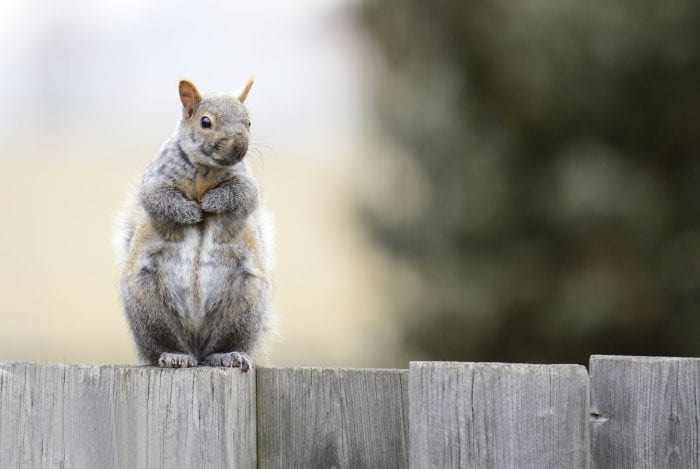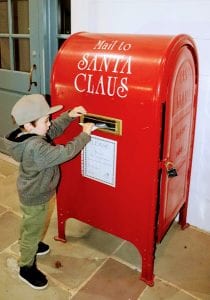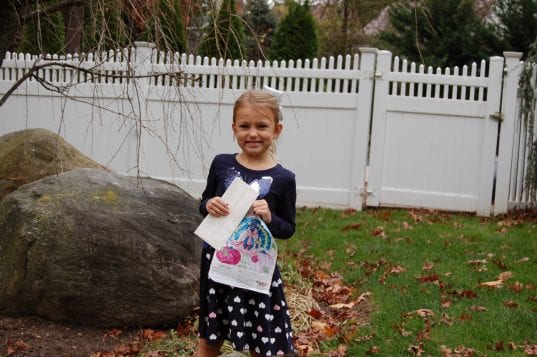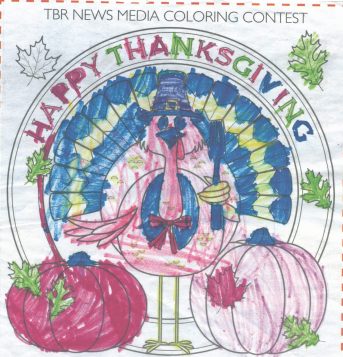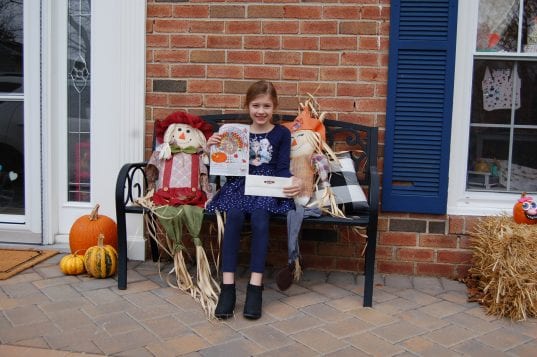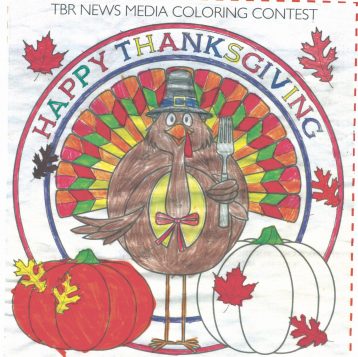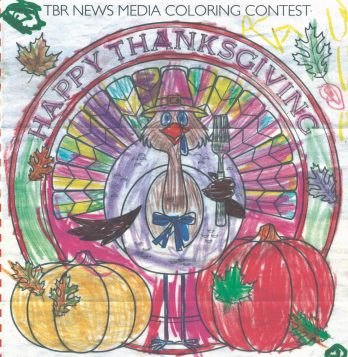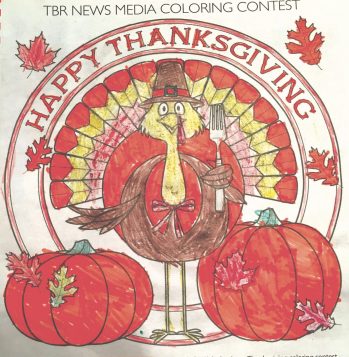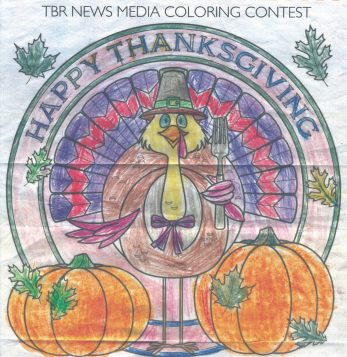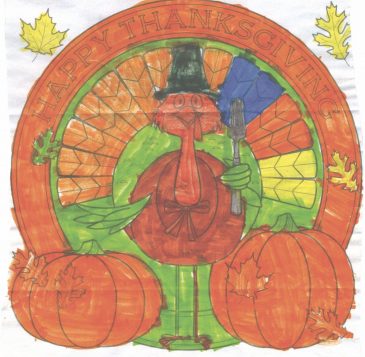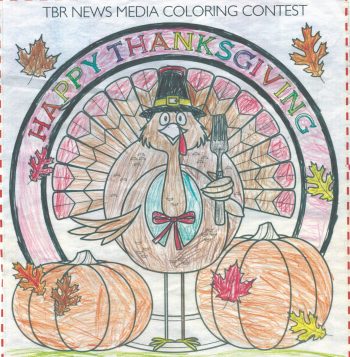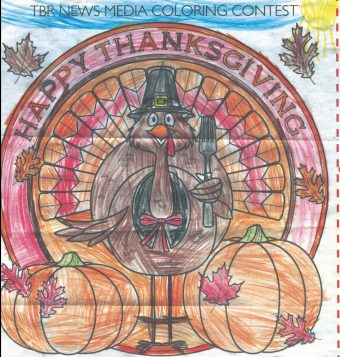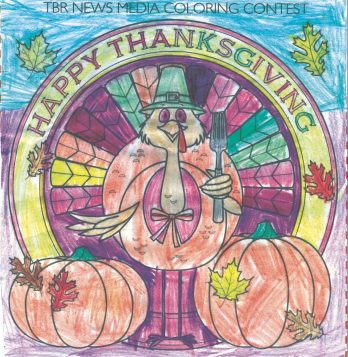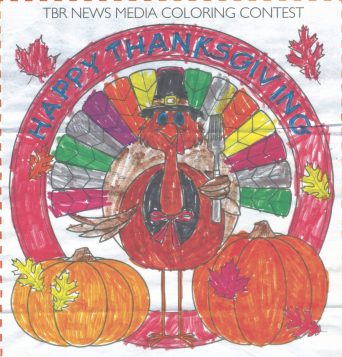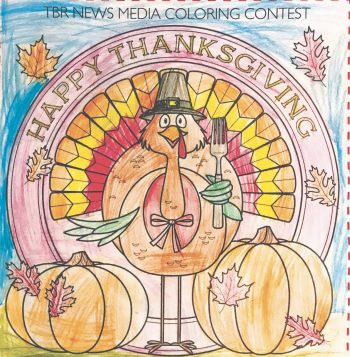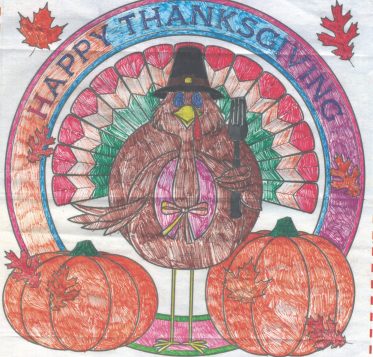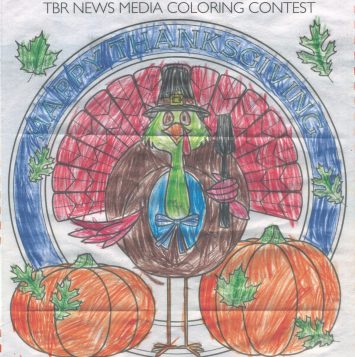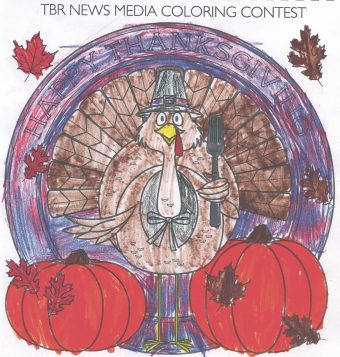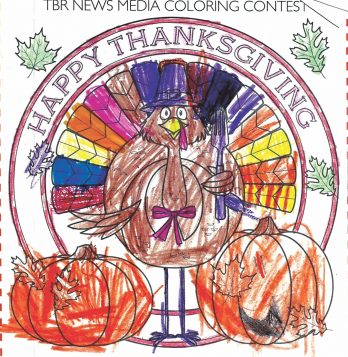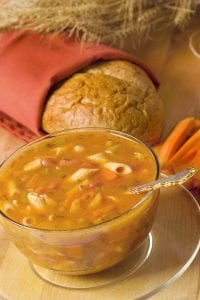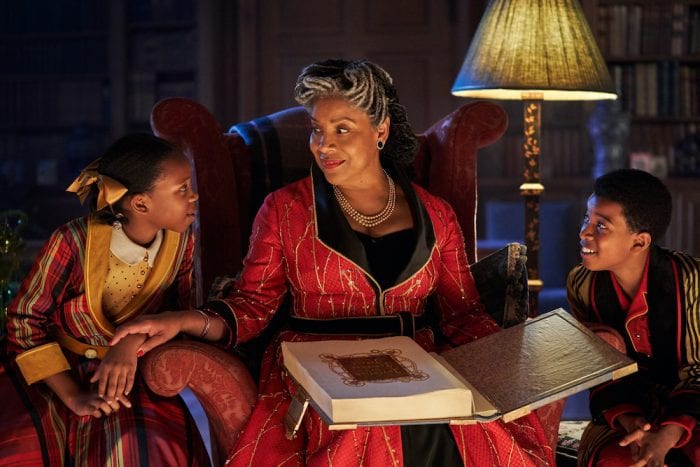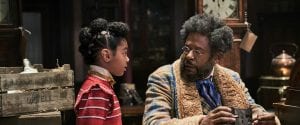By John L. Turner
While it was more than 50 years ago I remember the details sharply, as if the event had happened a few days ago. The oak I carefully but rapidly climbed was a young tree about 30 feet tall with a full canopy of branches, growing in a small patch of woods between the elementary school I had attended and a residential street (It was in these woods I first saw Pink Lady’s Slipper, a wonderful native orchid). And there in a nook where two branches emerged from the main trunk was the object of my scamper — the nest of a grey squirrel that I wanted to inspect.
 My interest in squirrels and their nests came about from a book I had looked at in the junior high school library; I think it was entitled “Animal Homes”— although this factoid I don’t remember quite so clearly! But what I do remember in the book was the account which explained that grey squirrels make two types of nests — those in tree cavities, often used in winter, and the one I was going to inspect consisting of a globe-shaped leafy ball, known as a “drey,” wedged amidst branches, also used in winter but more often during the warmer months. The account mentioned that most dreys consisted of a single chamber although occasionally they make two chambers — the equivalent of a foyer leading into the living room.
My interest in squirrels and their nests came about from a book I had looked at in the junior high school library; I think it was entitled “Animal Homes”— although this factoid I don’t remember quite so clearly! But what I do remember in the book was the account which explained that grey squirrels make two types of nests — those in tree cavities, often used in winter, and the one I was going to inspect consisting of a globe-shaped leafy ball, known as a “drey,” wedged amidst branches, also used in winter but more often during the warmer months. The account mentioned that most dreys consisted of a single chamber although occasionally they make two chambers — the equivalent of a foyer leading into the living room.
Working my way up the tree I reached the destination and with a little bit of anxiety bordering on trepidation stuck my hand into the nest and felt around. Fortunately no one was home, which is what I expected since several bangs on the main trunk next to the drey had elicited no response. I quickly realized I had a two chamber nest.
The entrance chamber was the smaller of the two and I could feel a partial wall separating the two. The back chamber was about 50% bigger than the size of a curled squirrel (say that tens time fast!) I was surprised by how solid the nest felt and how thick the walls were (they can contain more than 20 layers of leaves; one researcher tickled apart the wall of a drey and found 26 leafy layers).
The thick wall of a squirrel nest serves two vital functions — helping to keep rain out and body warmth in and the leafy layered wall exceeds in doing both. The leaves act like shingles on a roof and their overlapping positioning helps to prevent water from infiltrating the nest. Similarly, the leaves help to retain heat and many experiments have documented their thermal benefits, by keeping internal nest temperatures high when occupied by the squirrel. In one study in Finland researchers found that once a red squirrel entered a drey it quickly warmed up, making the temperature inside the nest 60 to 80 degrees warmer than the surrounding air.
The latin or scientific name for the grey squirrel is Sciurus carolinensis; the genus name means “shadow tail,” a reference to the shadow the tail makes when its arched over the back of the squirrel, a common position when the animal is eating. The species name relates to Carolina, where the first squirrel was presumably first discovered and described to science.
Grey squirrels live up to their name, being grey in coloration, but if you get a chance to view a squirrel up close you’ll see the pelage is a bit more colorful. Occasionally while birding I’ll train my binoculars on a nearby squirrel and I am always taken by their subtle beauty, enrobed as they are in muted earth tone colors. The squirrel’s underside is white and it’s face, tail, and armpit is diffused with brown. There’s a flecking of black, white, and brown or tan peppered throughout the grey fur. Melanistic (all black) and albinistic (all white) squirrels occur with melanistic being the more common of the two rare pelages, but even these blacks squirrels make up less than one percent of the population. I remember, as a child,when visiting my aunt who lived in Rye, New York seeing a population of black squirrels that lived in the forest next to a golf course.
When it comes to managing their food supply rodents generally display two types of behaviors: scatter hoarding or centralized or “larder” hoarding, with grey squirrels practicing the former (chipmunks employ the latter). If you watch grey squirrels in the fall you’ll see them carrying acorns and other nuts burying them (or caching them) in dozens of locations. This behavior suggests they possess very good memories, which they indeed do, since 95 to 99% of the cached nuts are recovered and eaten.
I recently watched acorn caching involving a squirrel on my front lawn. The squirrel walked slowly and then stopped to paw the earth, followed by some sniffing, the way a squirrel assesses the suitability of the site in the grass in which to hide the acorn. It did this three or four times apparently unhappy with something about each of the sites until it finally met the right set of squirrelly conditions at a site near a tall holly tree. Scratching quickly with its front paws the squirrel quickly buried the acorn. Its scattered larder was now one acorn larger.
Grey squirrels are quite adept at differentiating acorns from different oak species; they “know” that acorns from white oaks germinate in the fall while those of red oaks do so in the following spring and, not surprisingly, eat the white oak acorns first while storing acorns from red oaks. Another advantage to this strategy, besides eating acorns that would be lost to germination if they tried to store them, comes from the fact that tannin levels in red oak acorns (tannin is the ingredient that makes your lips pucker when drinking red wine) lessens over time, making the acorns less bitter and more palatable.
We’re not sure if squirrel lips pucker when eating tannic acorns but I do know they develop a large stained moustache while and after eating black walnuts. Despite the impending facial smudge they’ll develop, they look like the definition of contentment as they hold the prized walnut in their paws and proceed to gnaw through the green husk to get to the walnut shell and meat that lays within.
We have another squirrel species that roams the forest of Long Island: the Southern Flying Squirrel. Strictly nocturnal, this little living fabric of “flying” carpet can be seen at bird feeding stations where it’s especially fond of suet. Of course, they don’t fly but rather glide from one tree to another, using an extended fold of skin on each side of its body connecting front and back legs. Their flattened tail helps to serve as a rudder and brake.
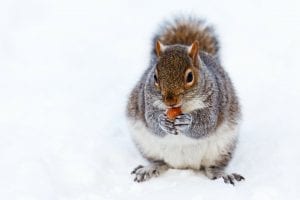 Many years ago I worked in a nature preserve and one day went to look at some white baneberry growing along a trail I knew was developing fruits (also known as doll’s eyes due to the resemblance of the fruits to the eyes once used in old fashioned porcelain dolls, white baneberry is in the buttercup family). As I neared the plants I noticed, at the base of a large chestnut oak on the other side of the trail, a small brownish object. Inspecting it I realized it was a freshly dead flying squirrel. I sadly wondered if the squirrel had misjudged the location of the tree or got carried by the wind and collided with the tree with such force that it caused its demise.
Many years ago I worked in a nature preserve and one day went to look at some white baneberry growing along a trail I knew was developing fruits (also known as doll’s eyes due to the resemblance of the fruits to the eyes once used in old fashioned porcelain dolls, white baneberry is in the buttercup family). As I neared the plants I noticed, at the base of a large chestnut oak on the other side of the trail, a small brownish object. Inspecting it I realized it was a freshly dead flying squirrel. I sadly wondered if the squirrel had misjudged the location of the tree or got carried by the wind and collided with the tree with such force that it caused its demise.
While I’ll never know what killed that flying squirrel so many years ago, I do know the cause of many squirrel deaths today— roadkill. Grey Squirrels routinely cross roads that are within their territory; unfortunately, they have no awareness of cars as lethal objects. In one study a state wildlife biologist counted 390 dead squirrels along a fifty mile stretch of highway in New Hampshire.
As I drive Long Island roads I’m constantly alert for squirrels bounding out from the road shoulder (and other wildlife like box turtles); so far so good — while I’ve had a number of close calls with darting squirrels I haven’t hit one.
I’m very grateful I haven’t hit a squirrel with my car and even more grateful of the experience I had, climbing an oak tree half a century ago, since it was the catalyst for developing a lifelong fondness of squirrels.
A resident of Setauket, John Turner is conservation chair of the Four Harbors Audubon Society, author of “Exploring the Other Island: A Seasonal Nature Guide to Long Island” and president of Alula Birding & Natural History Tours.
Photos courtesy of Pixabay

